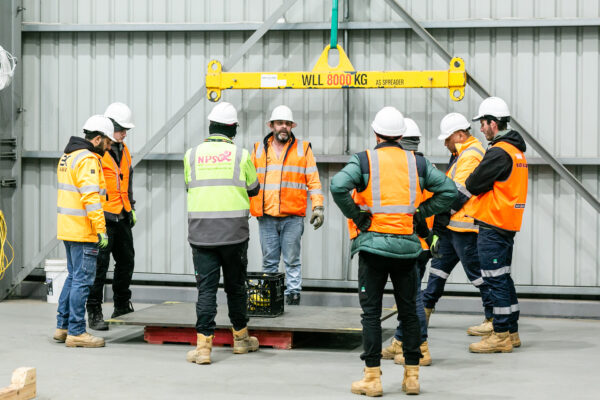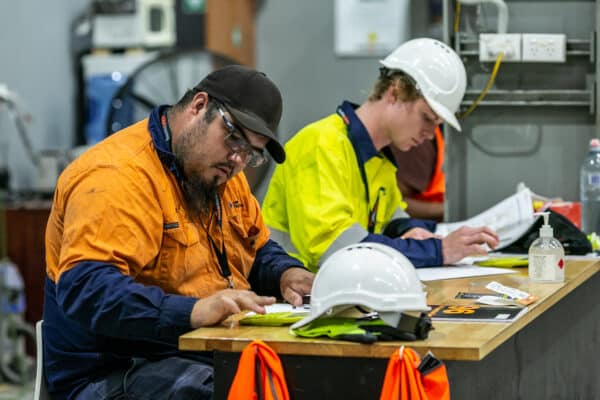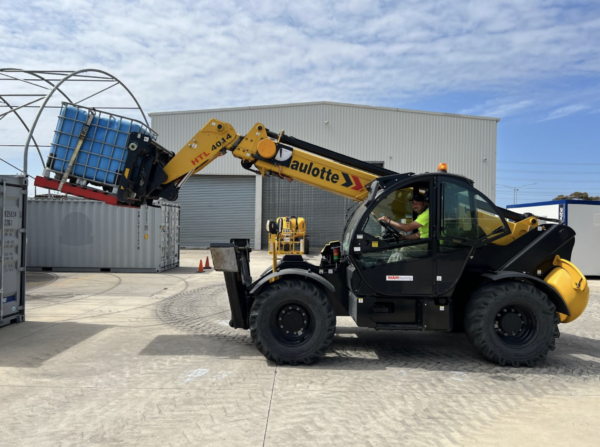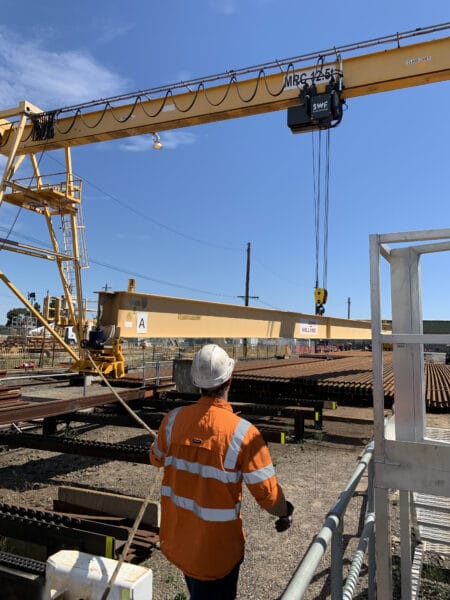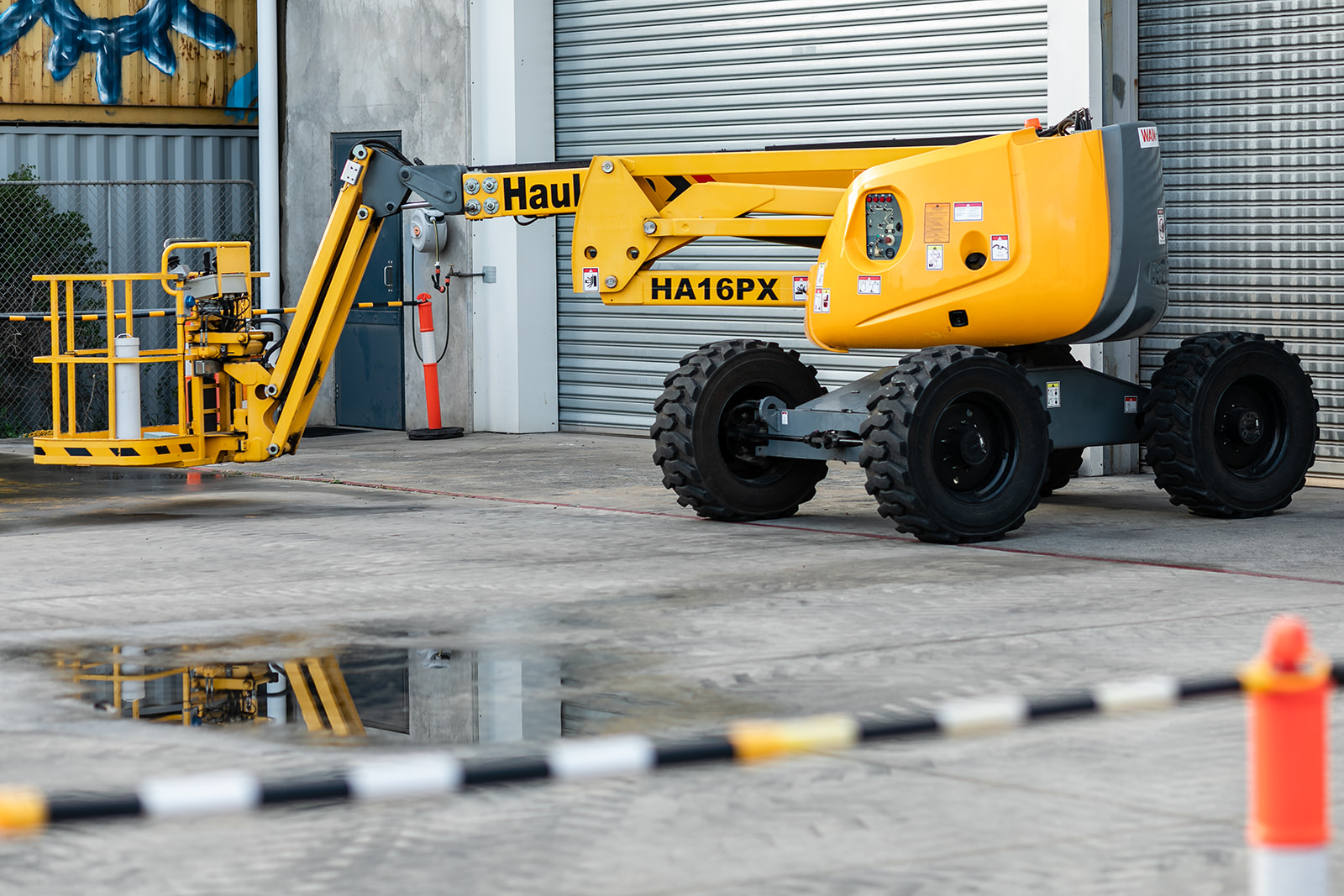
Here are my top five misunderstood EWP Safety Considerations:
- The ‘11m rule’
- Use of harnesses in EWP’s
- Gradeability
- Licencing and training requirements
- Braking configurations
The 11m Rule for Elevating Work Platforms explained
Whilst all states maintain their own OHS laws, there is common agreement between states laws in many areas. One of those areas is the 29 Classifications of High Risk Work, which require a High Risk Work Licence.
This is where the 11m rule comes from and it only applies to Boom Lifts. Classification WP (Work Platform) on a High Risk Work Licence is defined as: “A Boom type elevating work platform that can exceed 11m in platform height”.
Therefore it does not apply to scissor lifts (or vertical lifts) as they do not have boom sections which are used to elevate a work platform. However, boom lifts, trailer-mounted and truck-mounted booms all fit the definition of a boom type elevating work platform and as such – if the platform height can exceed 11m, you must get a High Risk Work Licence to operate them.
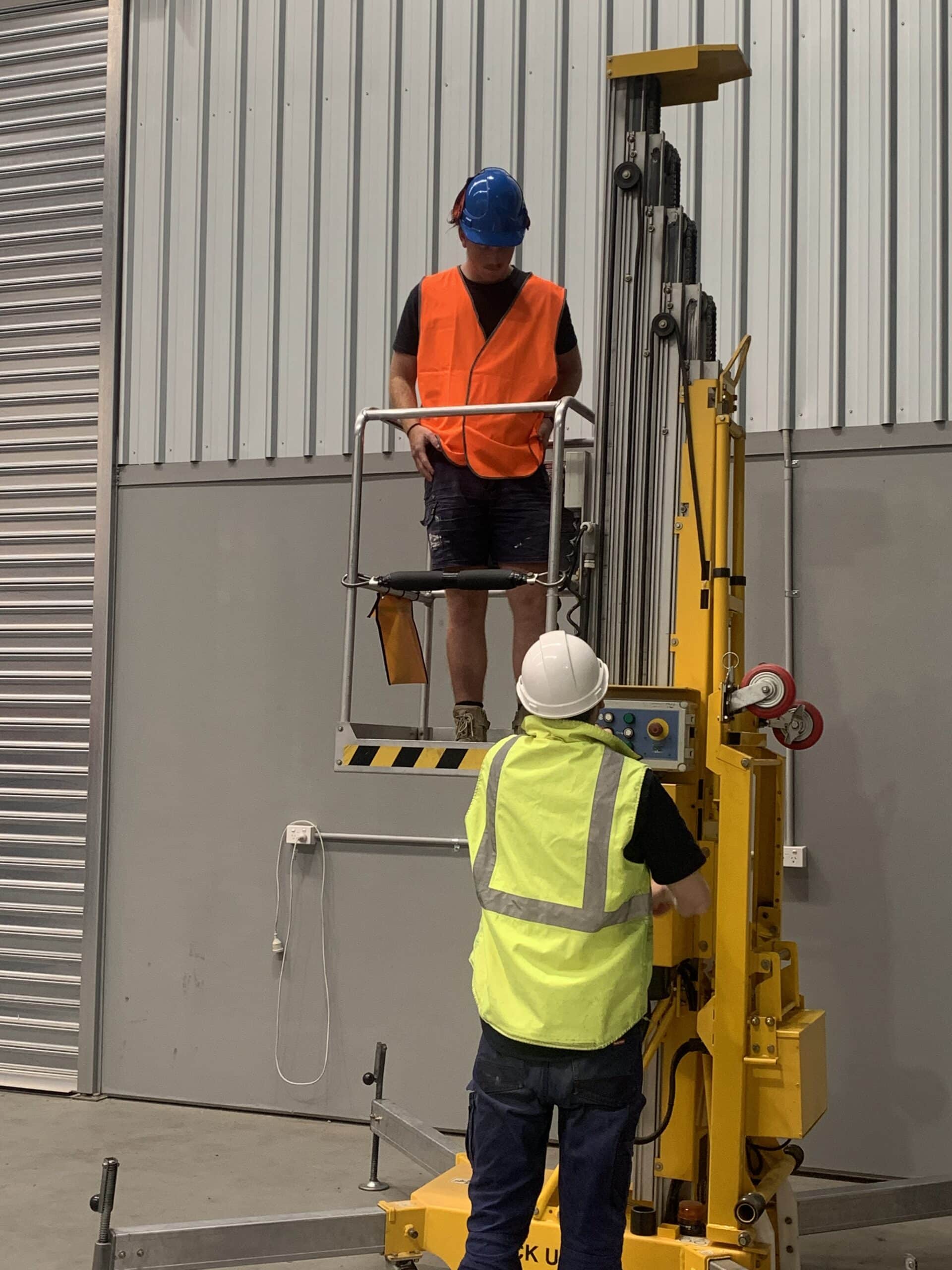
Use of Harnesses in Elevating Work Platforms
Under Australian Standards, all boom type Elevating Work Platform occupants must wear a full body harness, suitably attached to an appropriate anchor point. With regards to scissor lifts, a risk assessment process should be undertaken in conjunction with safe operating advice from the manufacturer. The Elevating Work Platform Association of Australia has a comprehensive policy on this (check it out here) which can be used as a guide to help inform decisions around harness use, lanyard type, suitability, etc. There’s more to fall-prevention than simply putting on a harness.
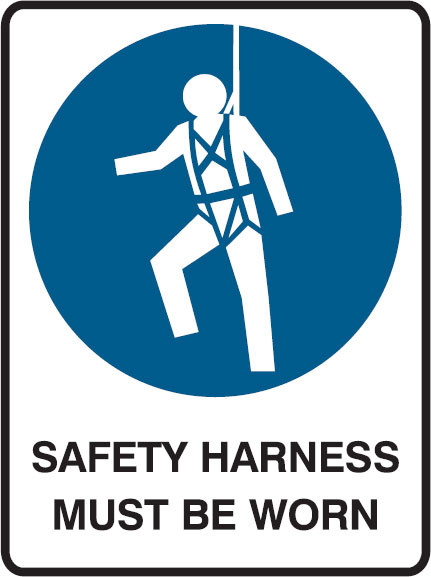
Gradeability Considerations
The gradeability of an EWP is usually represented as a percentage and usually ranges between 10% and 50%. A 10% gradient would be a 1m rise over 10m, and a 50% gradient would be a 5m rise over 10m. If you take an EWP onto a slope that it is not rated to handle, the EWP will not have enough power to hold the brakes on – not a good situation to be in.
Another important issue with gradeability (which is stated on the compliance plate of each EWP) is that whilst you might know the maximum gradeability rating, you must check the operators manual to identify which way the boom needs to be facing to achieve that maximum rating. This is super critical when loading and unloading a boom lift to/from a tilt tray or low loader.
Training and Licencing requirements for Elevating Work Platforms
Only boom type Elevating work Platforms have an 11m Licencing rule. So, for all Boom Type EWP’s that have a capability for their platform to reach 11m or higher, you must get a Worksafe High Risk Work Licence – Class WP.
For any boom lift under 11m, any size scissor lift and any size vertical lift, you must ensure all of your employees have been trained. I like to call this ‘proof of training’. If an accident happens, the operator must be able to prove that adequate training has occurred. Most businesses these days do this type of training through a registered training organisation, who will be able to provide evidence of attendance, participation, course content and assessments.
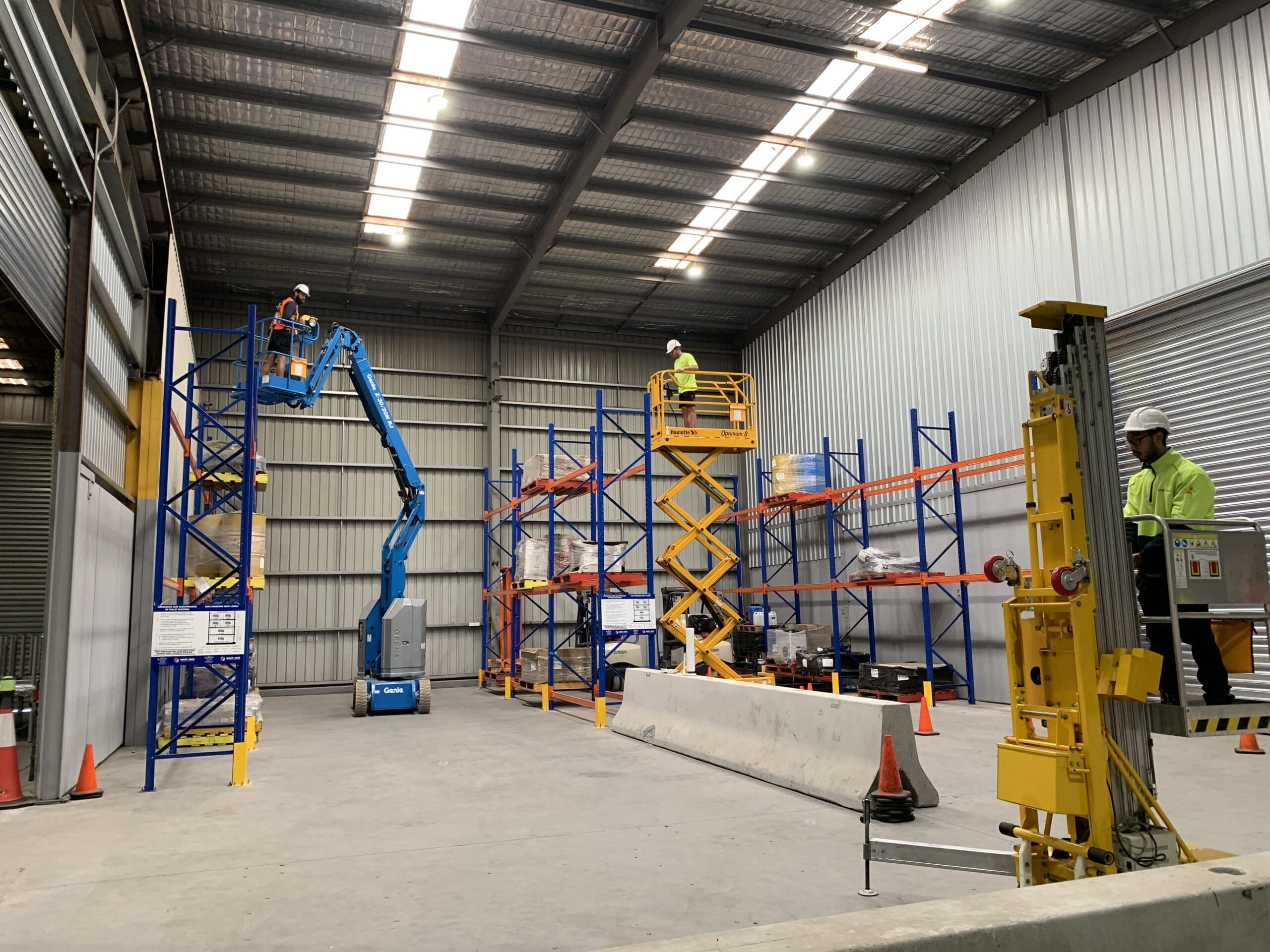
Braking Configuration on an Elevating Work Platform
Not all EWP’s have brakes on all four wheels. Therefore, identification of the braking wheels is important when setting up an elevating work platform with outriggers on a slope. You would normally lower the outriggers on the low end. In this situation, you need to ensure the braking wheels are at the high end of the setup. This will ensure that when the outriggers engage with the ground on the low side, the braking wheels aren’t lifted.

